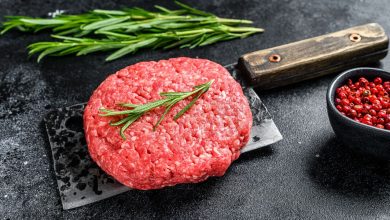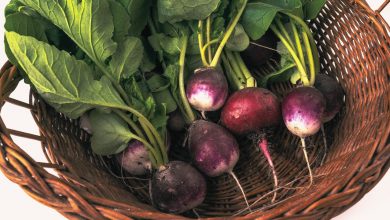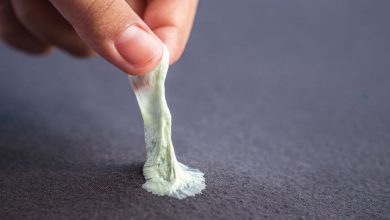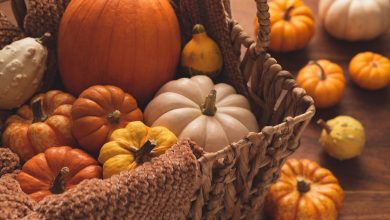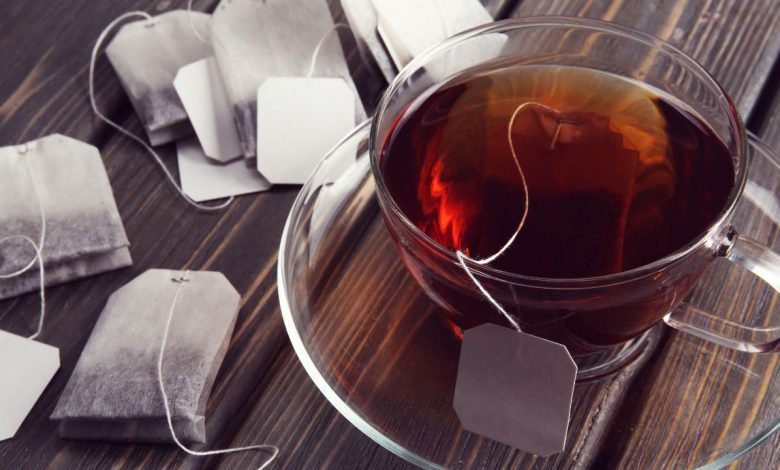
Tea is one of the most popular beverages in the world, with a long history and a rich culture behind it. Whether you prefer green, black, white, or herbal tea, there is a perfect cup for every taste and occasion. However, to enjoy the full flavor and health benefits of tea, you need to know how to steep it properly. Steeping is the process of extracting the flavor and health-promoting compounds from the tea leaves or other ingredients by soaking them in hot water. In this article, Trendbbq will show you how to steep tea like an expert, with tips on choosing the right tea, water, temperature, time, and tools.
Table of Contents,
1. What You Need to Steep Tea
Before you begin steeping, you should gather the following items:
- Tea: You have a wide array of tea options, depending on your preferences and mood. Tea can be broadly categorized into two main types: true tea and herbal tea. True tea is derived from the Camellia sinensis plant and includes varieties like black, green, oolong, and white tea. These teas offer diverse flavors, colors, and antioxidant levels based on their processing methods. Herbal tea, also known as tisane, isn’t technically a true tea but rather an infusion made from various herbs and plants, such as mint, chamomile, ginger, or turmeric. These herbal teas offer distinct health benefits and effects, such as relaxation, revitalization, or soothing properties. You can purchase tea in loose leaf form or convenient tea bags based on your preference.
- Water: The quality of the water used for steeping tea significantly influences the flavor and aroma of the final brew. Water high in minerals or treated with chlorine can introduce an undesirable taste to your tea. It’s preferable to use fresh, cold, and filtered water. You can also opt for bottled or spring water, but avoid distilled water since it lacks the minerals that enhance tea’s flavor.
- Kettle: A kettle is essential for heating water to the correct temperature for steeping tea. You have various options, including electric kettles, stovetop kettles, or microwaving the water. Ensure your kettle is clean and free of any residue or scale. Some electric kettles come with temperature control features, allowing you to set the ideal temperature for different tea types, offering convenience and precision.
- Teapot or Teacup: You require a vessel for steeping and serving your tea. Options include teapots, teacups, mugs, or glasses, depending on the quantity of tea you wish to prepare and your personal style. The material of the vessel can influence heat retention and tea flavor. Ceramic, porcelain, and glass are suitable for most teas as they are neutral and do not react with the tea. Metals like stainless steel or cast iron can retain heat well and are suitable for teas requiring high temperatures, like black tea. However, metal vessels can alter the taste of certain teas, such as green and white teas, so it’s best to avoid them for these types. Plastic and paper vessels are not recommended as they may introduce unwanted chemicals and odors into the tea.
- Filter: To separate tea leaves or other ingredients from the water after steeping, you’ll need a filter. If you’re using tea bags, a filter is unnecessary as the bag serves this purpose. However, if you’re using loose leaf tea, a filter is essential to prevent bitterness or cloudiness in your tea. Options include a tea ball, a basket infuser, a fine-mesh strainer, or a paper filter to contain the tea and remove it from the water. Ensure the filter is large enough to allow the tea to expand and release its flavor, and keep it clean and free of residue or rust.
2. How to Steep Tea
Once you’ve gathered all the necessary items, you can easily prepare tea by following these straightforward steps:
Measure the tea: Use a teaspoon or a scale to determine the appropriate amount of tea for your desired strength and quantity. Typically, a general guideline is to use one teaspoon of tea per cup of water. However, you can adjust this based on your personal preference and the type of tea you’re brewing. For instance, herbal teas may require more tea leaves, while white teas might need less. You can also refer to the instructions on the tea packaging, but remember that they may not always be accurate or consistent.
Heat the water: Fill your kettle with fresh, cold, and filtered water, then bring it to a boil, or just under a boil for green or white teas. The water temperature is crucial for steeping tea, as different types of tea demand varying temperatures to extract their optimal flavor and health benefits. Water that’s too hot can scorch the tea, resulting in bitterness and astringency, while water that’s too cold can prevent the tea from reaching its full potential, leading to a weak and insipid brew. Here are the recommended temperatures for different types of tea:
| Type of Tea | Recommended Temperature (°F) | Recommended Temperature (°C) |
| Black tea | 200–212°F | 93–100°C |
| Oolong tea | 180–200°F | 82–93°C |
| Green tea | 160–180°F | 71–82°C |
| White tea | 150–160°F | 66–71°C |
| Herbal tea | 200–212°F | 93–100°C |
You can employ a thermometer to gauge the water temperature accurately or use visual cues to estimate it:
- Boiling: The water is vigorously bubbling and producing steam. Suitable for black and herbal teas.
- Near boiling: The water is gently bubbling with small bubbles. Suitable for oolong teas.
- Hot: The water is steaming and generating tiny bubbles. Suitable for green teas.
- Warm: The water is steaming without bubbles. Suitable for white teas.
Steep the tea: Place the tea bag or the filter containing loose leaf tea in a teapot or teacup. Pour the hot water over the tea, and cover the vessel with a lid or saucer to preserve the heat and aroma. Allow the tea to steep for the recommended time, which varies depending on the type of tea and your taste preference. Steeping duration influences the tea’s flavor, strength, and the amount of caffeine and antioxidants extracted. Oversteeping can result in bitterness, while undersleeping may lead to a weak brew. Here are the suggested steeping times for different tea types:
| Tea Type | Steeping Time |
| Black tea | 3–5 minutes |
| Oolong tea | 3–5 minutes |
| Green tea | 2–3 minutes |
| White tea | 2–3 minutes |
| Herbal tea | 5–10 minutes |
You can use a timer to keep track of the steeping time or rely on your senses to judge readiness. Observe the color, inhale the aroma, and taste the flavor of the tea to determine your preference. Adjust the steeping time according to your taste and tea quality; high-quality tea may require less time, while lower-quality tea may need more.
Remove the tea: Once the tea has steeped to your satisfaction, carefully remove the tea bag or filter from the water and dispose of it. Avoid squeezing the tea bag or filter, as this can release more tannins and result in bitterness. If you’re using a teapot, pour the tea into a teacup or mug. If you’re using a teacup, you can drink the tea directly. Enjoy your tea while it’s hot, or allow it to cool to your desired temperature.
3. How to Customize Your Tea
You have the flexibility to personalize your tea by incorporating various ingredients or flavors to match your preferences and current disposition. Here are some common methods for elevating your tea experience:
- Sweeteners: To impart a sweeter and more satisfying quality to your tea, consider incorporating sugar, honey, maple syrup, agave nectar, or other sweeteners. However, exercise caution to prevent excessive sweetness, which can obscure the tea’s inherent flavors and aromas. Alternatively, you can opt for artificial sweeteners like stevia, aspartame, or sucralose, but be mindful of potential health implications and aftertastes.
- Milk: To create a creamier and smoother texture in your tea, you can introduce milk, cream, half-and-half, or non-dairy alternatives such as soy milk, almond milk, or oat milk. Bear in mind that not all tea varieties pair well with milk, as it may interfere with both the flavor and health benefits of the tea. Typically, milk is added to robust teas like black tea, masala chai, or Earl Grey, whereas delicate and subtle teas like green tea, white tea, or jasmine tea are usually enjoyed without milk.
- Lemon: To infuse your tea with a refreshing and tangy twist, consider adding lemon juice or lemon slices. Lemon can elevate the tea’s flavor and boost its antioxidant content, thanks to its vitamin C and citric acid content. Lemon is commonly introduced to black tea, green tea, or herbal teas like mint, ginger, or chamomile, but it’s best avoided in milky teas to prevent curdling and a sour taste.
- Spices: To enhance the aromatic and flavorful dimensions of your tea, experiment with spices. Spices can also introduce various health benefits and effects to your tea, such as providing warmth, soothing properties, or stimulating effects. Typically, spices find their way into black tea, oolong tea, or herbal teas like ginger, cinnamon, cardamom, cloves, or turmeric. You can employ whole spices, ground spices, or pre-made spice blends like masala chai to impart unique character to your tea. However, exercise restraint when adding spices to avoid overpowering the tea’s taste and aroma.
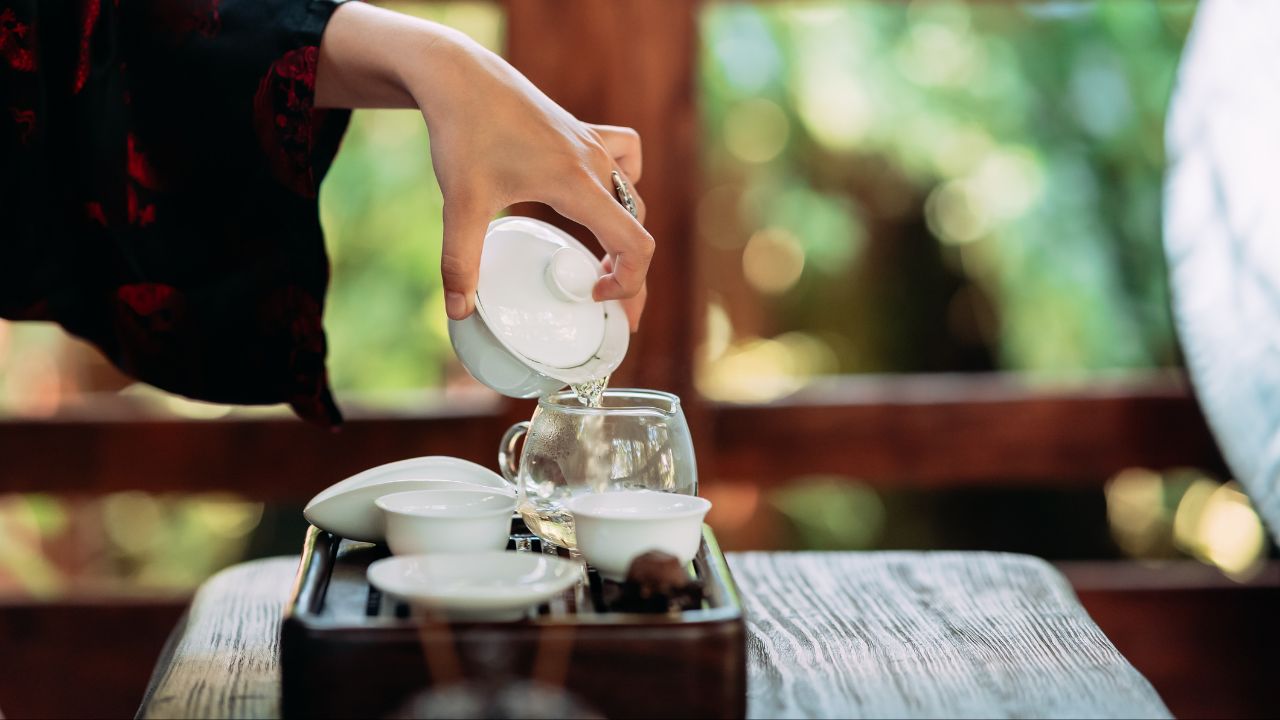
4. How to Enjoy Your Tea
You can savor your tea in various ways, depending on your personal preferences and the occasion at hand. Here are some guidelines to enhance your tea experience:
- Select the appropriate tea for the moment. Different teas have distinct effects on your body and mind, so opt for one that aligns with your mood and requirements. For instance, you can enjoy black or oolong tea in the morning or afternoon to invigorate your energy and alertness. Alternatively, green or white tea can be savored in the afternoon or evening for relaxation and detoxification, while herbal tea is an ideal choice at night to induce a sense of calm and tranquility.
- Complement your tea with suitable cuisine. Tea can elevate the flavors of food and enrich your dining experience, aiding in digestion and metabolism. Pair your tea with a variety of dishes, considering the type of tea and the cuisine. For example, you might pair black tea with pastries, cakes, or sandwiches, green tea with sushi, noodles, or salads, and herbal tea with fruits, nuts, or cheese.
- Share your tea with others. Tea is a social beverage that fosters connections and friendships. You can enjoy tea with your family, friends, or colleagues, engaging in pleasant and meaningful conversations. Hosting a tea party is also a wonderful idea, where you can serve an array of teas and snacks, creating a delightful atmosphere for your guests to relish.
- Experiment with your tea. Tea offers versatility in preparation and enjoyment. You can explore different types of tea, water temperatures, steeping times, and additives to discover your personal preferences and unique combinations. Additionally, experimenting with various tea-brewing methods and styles, such as the Chinese gongfu cha, Japanese sencha, or British afternoon tea, allows you to delve into the rich cultural traditions associated with each approach.
Tea is a wonderful drink that can offer you many benefits and pleasures. By learning how to steep tea properly, you can unlock the full potential and the beauty of tea, and enjoy it to the fullest. We hope this guide has helped you understand how to steep tea like an expert, and inspired you to explore the world of tea.
5. FAQs
5.1. What is steeping tea?
Steeping is the process of soaking tea leaves or tea bags in hot water to extract their flavors, aroma, and beneficial compounds, creating a flavorful tea infusion.
5.2. How hot should the water be for steeping tea?
The ideal water temperature for steeping tea depends on the type of tea. Generally, green and white teas are best steeped with water around 175-185°F (80-85°C), while black and herbal teas typically require boiling water at 200-212°F (93-100°C). Use a thermometer or an electric kettle with temperature control for accuracy.
5.3. How long should I steep my tea?
The steeping time varies depending on the type of tea and personal preference. For green tea, 1-3 minutes is common, while black tea may steep for 3-5 minutes. Herbal teas often require 5-7 minutes. Adjust the time to achieve the flavor strength you desire.
5.4. Should I cover my tea while it’s steeping?
Covering your tea while it’s steeping can help retain heat and aroma, resulting in a more flavorful brew. However, it’s not necessary, and many people prefer to leave their tea uncovered.
